How results changed our practice

Cleveland Clinic is a non-profit academic medical center. Advertising on our site helps support our mission. We do not endorse non-Cleveland Clinic products or services. Policy
The Protocol T study, conducted by the Diabetic Retinopathy Clinical Research Network and sponsored by the NIH, has led to lasting changes in how we manage diabetic macular edema (DME) at Cole Eye Institute.
In this study, 660 adults with visual acuity impairment from DME were randomly assigned to receive intravitreal injections of 2 mg of Eylea® (aflibercept, Regeneron), 1.25 mg of Avastin® (bevacizumab, Genentech) or 0.3 mg of Lucentis® (ranibizumab, Genentech) at 89 clinical sites across the country.
Overall, patients in this one-year study with a two-year follow-up had a significantly better outcome with aflibercept than with the other two drugs. This difference was especially noticeable in patients who had vision worse than 20/50 or retinal thickness more than 400 µm at baseline.
In the past, our practice would have started patients with vision worse than 20/50 on bevacizumab, but now we start them on aflibercept. In patients with vision of 20/40 or better, the study found minimal difference between the drugs, so we start them on bevacizumab since it is much more cost-effective.
Interestingly, in the two-year extension part of the study, the difference between the drugs was no longer statistically significant, in part because many of the patients in the aflibercept group were completely dry on OCT in the first year of study, and that segment continued to have more patients who were dry. Over time, patients in the other groups caught up. If we continued this study for several more years, I suspect all three of the curves would have overlapped because all three agents worked very well.
Safety takes on particular significance when treating a diabetic population. Fortunately, Protocol T found the drugs had a similar safety profile, which is consistent with other comparison studies. An increase in cardiovascular events was found with ranibizumab, but this may have been a statistical anomaly because it hasn’t been seen in any of the other DME clinical trials.
Diabetes is the leading cause of new blindness in the United States, and these anti-VEGF agents offer a safe, effective treatment option for this growing population of patients.
Dr. Kaiser is staff in Cole Eye Institute.
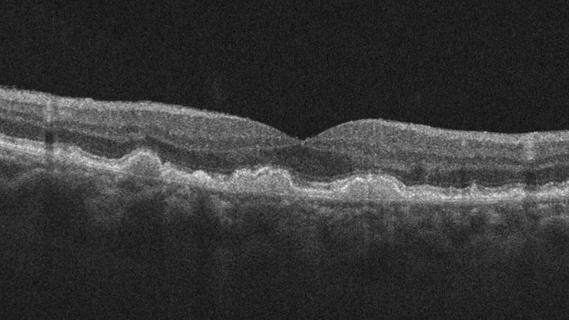
Early data shows risk is 73% higher in patients with lupus, 40% higher in patients with rheumatoid arthritis

Identifies weak spots in the cornea before shape change occurs

Researchers to study retinal regeneration in zebrafish with new grant from National Eye Institute
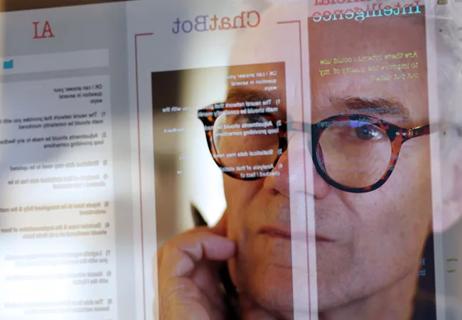
30% of references generated by ChatGPT don’t exist, according to one study
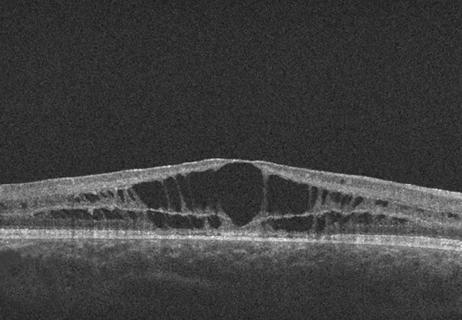
Study followed patients an average of eight years
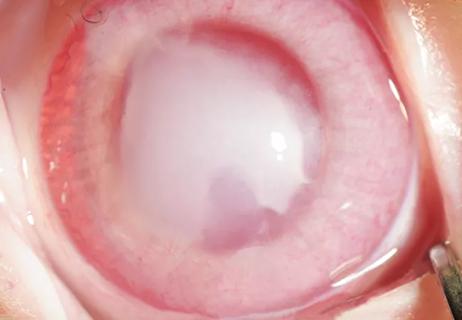
Studies indicate dramatic results when used topically with or without corticosteroids

53% of participants didn’t need anti-VEGF for six months or longer
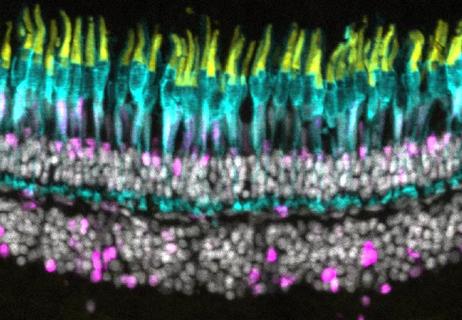
Notch pathway inhibition preserves retinal neurons and promotes regrowth in zebrafish